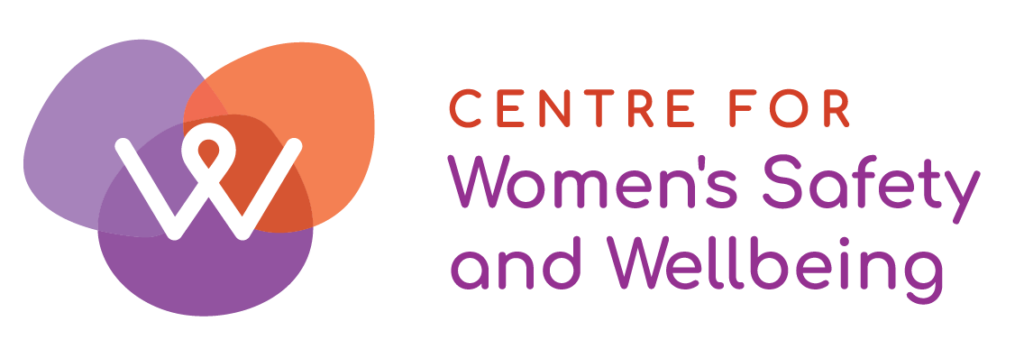From the data on violence against women, we know how many women and children are being killed. We know that women and children are living in fear in their own homes. We know the high numbers of hospitalisations and the tens of thousands of reported incidents of domestic and family violence.
There is collective outrage and grief at the impacts of domestic and family violence. People care about this issue. The desire to change the story on violence against women and children cuts across political divides.
We want immediate action, especially when we read about the recent murders. We just want it to stop. What will it take to reduce the number of deaths in 2023?
Violence against women and children is a complex and deeply entrenched social issue and there is no quick fix or immediate action we can take to force rapid change. It requires deep social change.
Having said that, it is urgent that governments recognise the scale of investment required if we are going to address the violence and stop it from harming future generations. Long-term change needs a monumental collaborative effort from government, the justice system, the domestic and family violence sector, health, education and the broader community. And this monumental effort needs to be well-funded and sustained over time.
Work to improve areas, such as police and the legal system, involves political and cultural sensitivities that can be acute and action for change can be difficult to sustain over the long term. Complex problems involving multiple departments and stakeholders, means that a range of interests must all be represented and aligned. We must not shy away from these challenges.
Outcome-oriented objectives need to include indicators focused on outcomes with more specific measures to track progress against each indicator. Tracking the underlying causes of domestic and family violence may be harder to measure than the frequency of violent incidents or number of trained professionals. But a transparent measurement of progress is necessary and measurable improvements can create the buy in required for a continual flow of meaningful funding.
It is great to see more comprehensive approaches to tackling violence against women. For example, the new National Plan to End Violence Against Women and Children 2022–2032 recognises that secure, appropriate and affordable housing is critical to creating long-term safety for victim-survivors and to supporting their recovery from violence. The Respect@Work Bill has now become law, placing the onus on employers to prevent sexual harassment and create a safe workplace culture.
This legislation comes in at the same time as the family and domestic violence leave and shows that we are recognising that workplaces are an important site to change norms and structures, and the way in which women are seen in society more broadly.
We are also seeing increased commitment to not only hear but to amplify the voices of victim-survivors. This principle underpins the newly published ANROWS research where victim-survivors described “carrying the burden alone” as they navigated the path to healing and recovery.
The ANROWS research found that both victim-survivors and people who use violence were more likely to seek help from their friends and family than from professional services. This finding has enormous implications for policy and practice, and points to a need for “healthy relationships” training, and training for family and friends to be able to respond to disclosures of violence.
There is also an increased focus on the nexus between women’s safety from intimate partner violence and their economic security. A recent ANROWS publication emphasises the need to focus on bolstering women’s economic security, particularly in light of findings from Anne Summers’s The Choice: Violence or Poverty, and findings from a report based on data from the Household, Income and Labour Dynamics in Australia (HILDA).
The publication reiterates that women’s economic equality and workforce participation are essential components of women’s economic security, and their safety. It highlights the relationship between the social security system and women’s ability to leave perpetrators, which is particularly critical for women with disabilities experiencing domestic and family violence.
In 2023, let us commit to joining forces to end violence against women and children, promote full gender equality and realise a world where women and children enjoy their right to safety and dignity. Let us honour the victims of domestic homicide in 2022 and before by providing the large-scale investment and ongoing commitment that is required to prevent women and children living in our communities today from becoming a statistic tomorrow.
If you or someone you know is impacted by domestic and family violence or sexual assault, call 1800RESPECT on 1800 737 732 or visit www.1800RESPECT.org.au
In an emergency, call 000.





